
See You Next Year!
We had a great year here and we hope you did as well. As usual, we are closing up our shop through the winter months.
Seasonal Hours:
By Appointment Only until April 1st.
Have a great winter!

We had a great year here and we hope you did as well. As usual, we are closing up our shop through the winter months.
By Appointment Only until April 1st.
Have a great winter!

Crisp mornings, cooler temps, brilliant colors and foliage, early morning fog, pumpkins, squash and more. What is that all add up to? Must be Fall.
This to some is truly the most beautiful time of the year. There is something about Fall that makes us feel more at ease and that some of the Spring and Summer pressure is finally off. It is time to take a step back and reflect. It is also time to keep your garden and yard in check so it is well maintained and ready for the long Winter’s nap so it can flourish again next season. Here are some tips for the month of October that you can apply to your own property.
Heritage Hill Nursery can get you and your garden/yard ready to put on that Fall display and get prepared for the Winter season ahead. Check with them for detailed questions you may have.
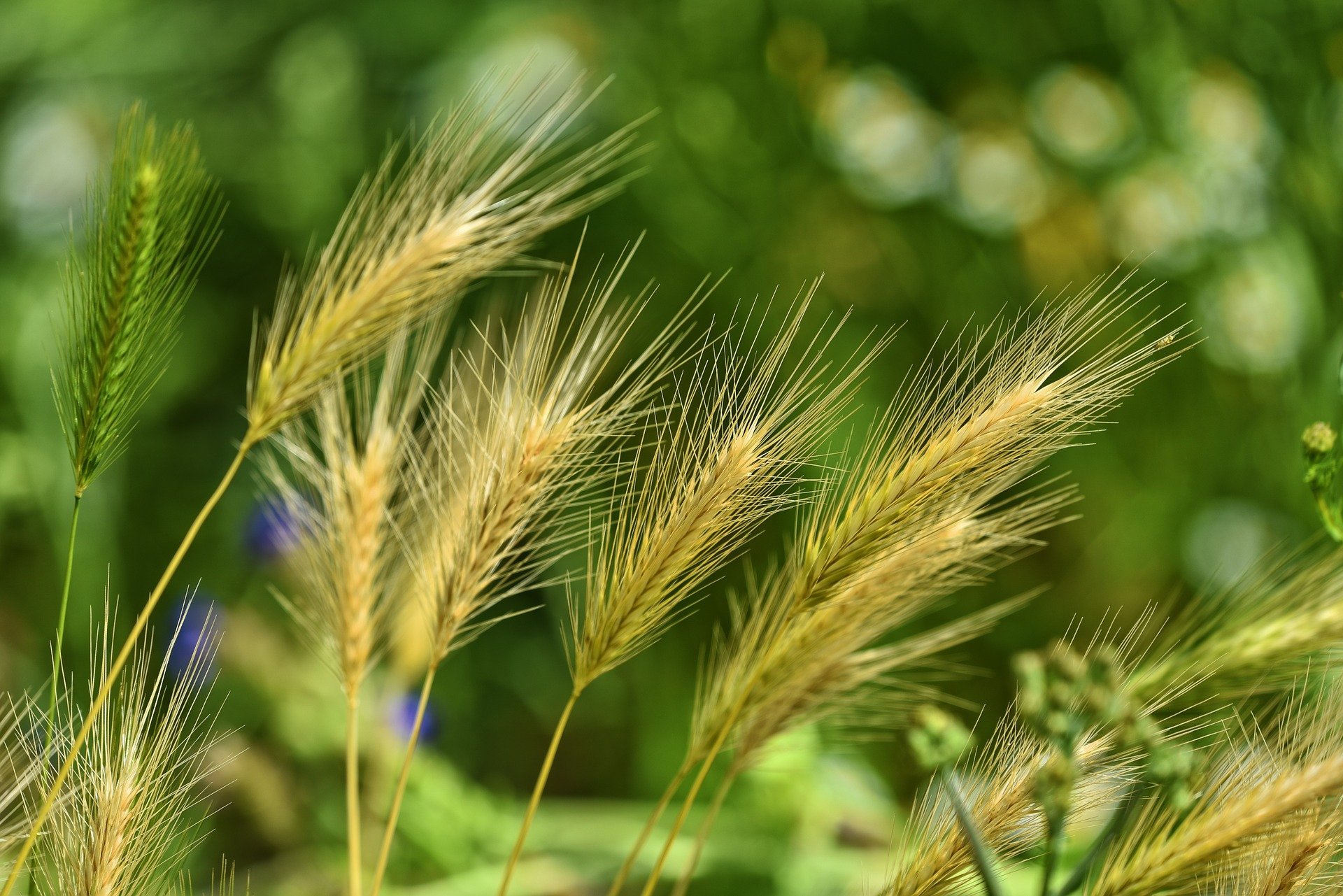
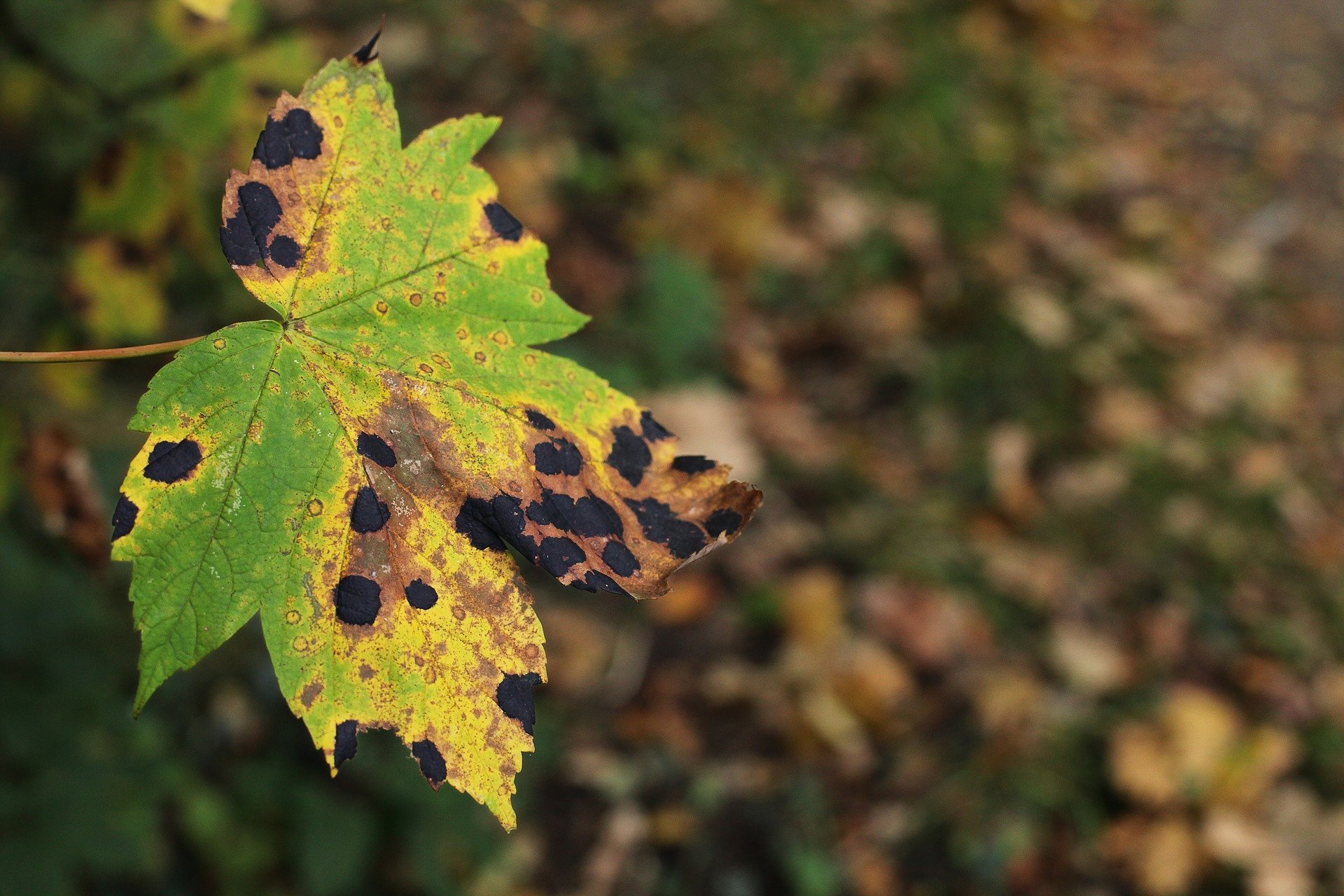
Give Heritage Hill Nursery a call to see what they can do for you for preparing your trees or getting new trees in the ground for next season.
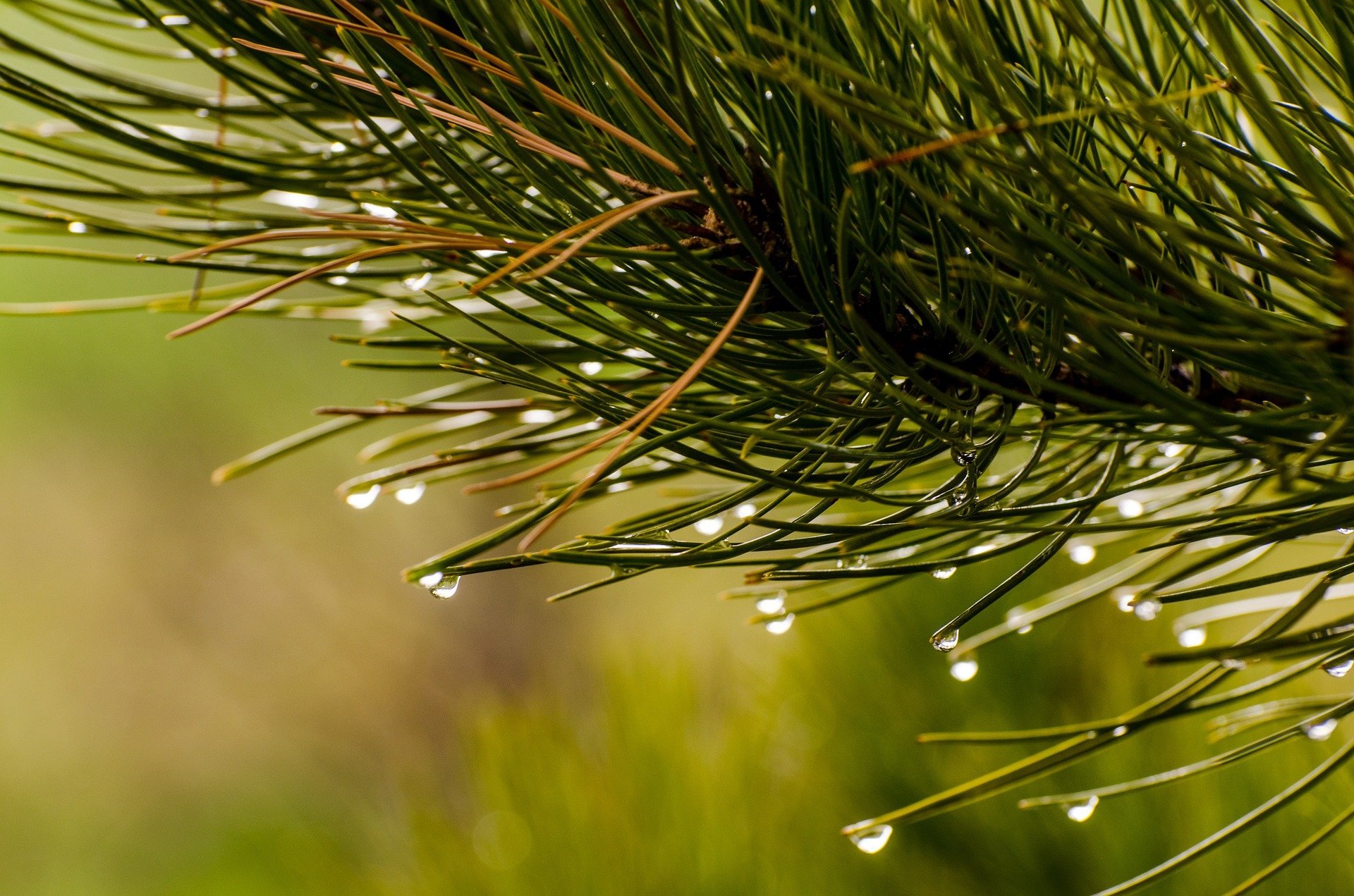
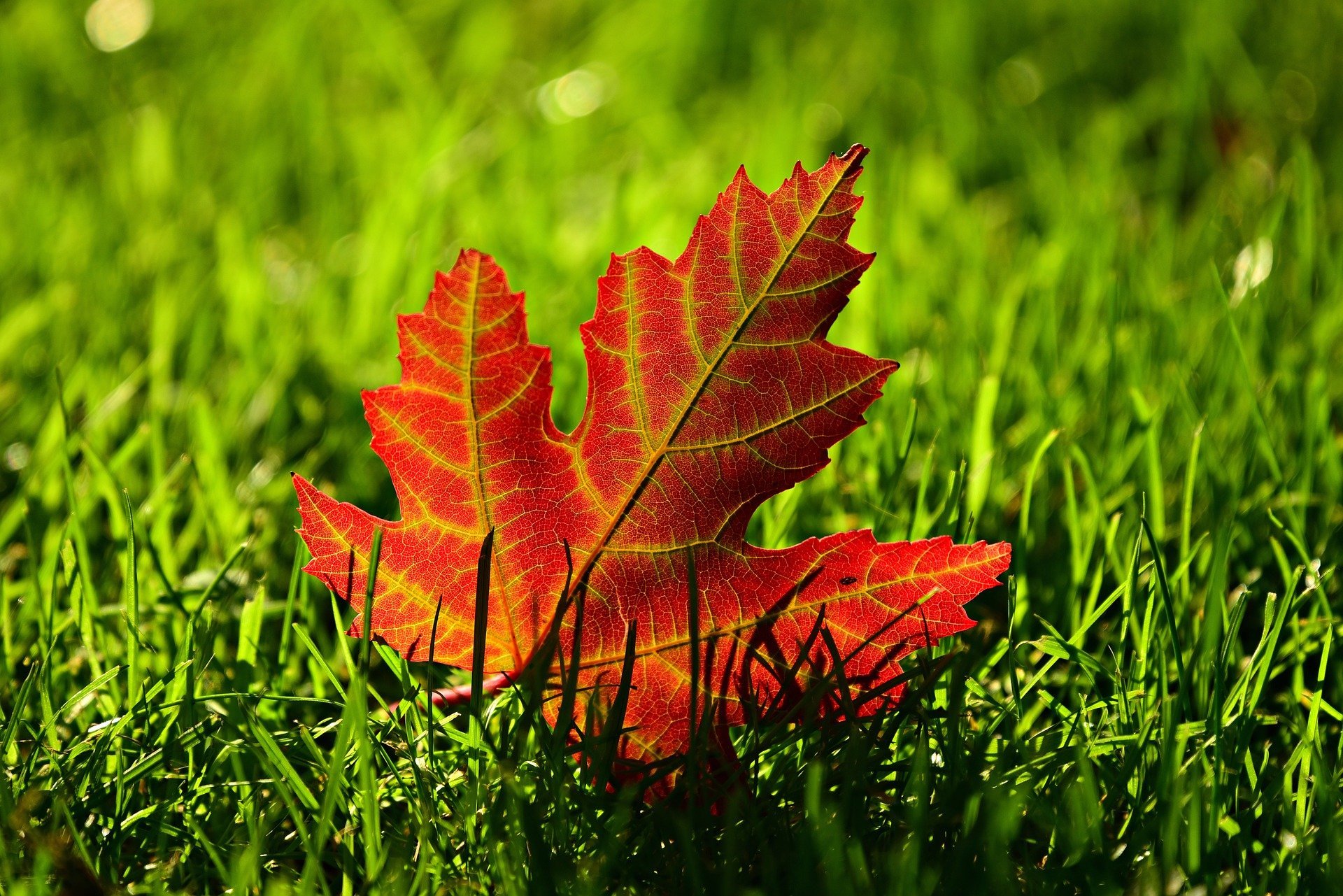

With the dog days of Summer behind us, the gardens are filled with color, beauty, and habitat.
It won’t be long before that first frost comes so do not forget to take a picture or two just to show off the work you have done and Mother Nature’s amazing beauty.
Some items to check off your list this month may include the following:
Heritage Hill nursery can help you with your September and early Fall needs for your garden to prepare it for the upcoming season. Check with them for detailed questions you may have.
In September, divide your peony’s and replant any roots. Just make sure you do not plant them too deeply.
Other perennials need to be divided also but do not divide mums or asters as they have not bloomed yet.
Keep in mind that in September you should begin to bring any geraniums, begonias, coleus, and caladium indoors.
You can keep adding perennials to your garden this month because the warm soil and cooler air temps are great for planting.
September can be a very productive month for your garden.
September for shrubs can be a time to be advantageous and plan a lovely Fall color spectrum to your garden or property.
Some shrubs with good color to think about are Barberry, Burning Bush, Viburnum for a red to orange look. Dogwood for purple and Roses or Witch hazel to add a splash of yellow.
Clean out your shrub beds to eliminate unwanted animals’ habitat and possible damage to surrounding plants.
Clean out leaves and remove dead leaves from plants as it will help prevent disease in the next growing season.
Allow your rose blooms to stay on the plants as it aids in Winter protection of the plant.
Hold off on fertilizing any shrubs until the following Spring.
Check out the selection at Heritage Hill Nursery today to add any of those color selections.
September is a great time to plant or transplant trees. Cooler temps mean a lot less watering and an easier time for a tree to establish itself.
If you would like to transplant a tree, September is the second-best time to do this. Just wait until the tree is dormant and it has lost its leaves.
Keep in mind, tree moving can be a heavy task, and if you have any larger, special, or expensive trees that you want to be moved call a professional; they have the equipment and the know-how to do it safely and successfully.
A tree may not look too large to move but there is a lot of dirt that has to come with it. That dirt contains the roots which, as you may have guessed, is the important part.
Give Heritage Hill Nursery a call to see what we can do for you if you are looking to plant a new tree. If you need to transplant a bigger existing tree, we can point you in the right direction.
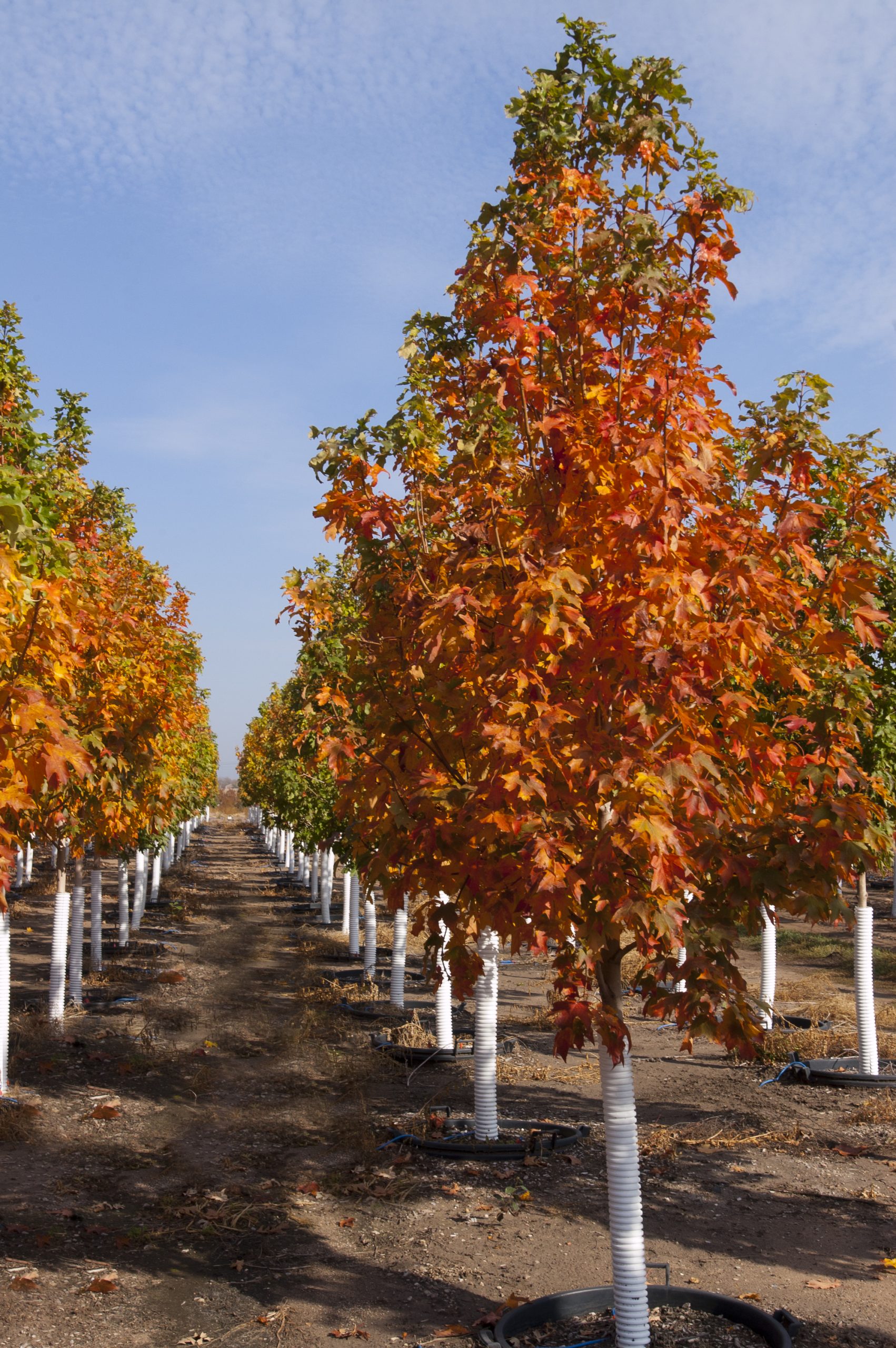
Grass seed anyone? Planting grass seed in September is the best time on the calendar.
You can start a new lawn, fill in bare spots, or just do some renovating on an existing lawn always in September.
With cooler temps and warm soil, it is perfect to speed up the process and have the grass get a good hold before Winter sets in.
Try not to plant grass after September 20th as this is considered late planting and Winter will surely kill it.
You also have time to sod. The great growing conditions speed up the root development of newly laid sod for a lavish lawn next season. Also, keep mowing your grass high in September!
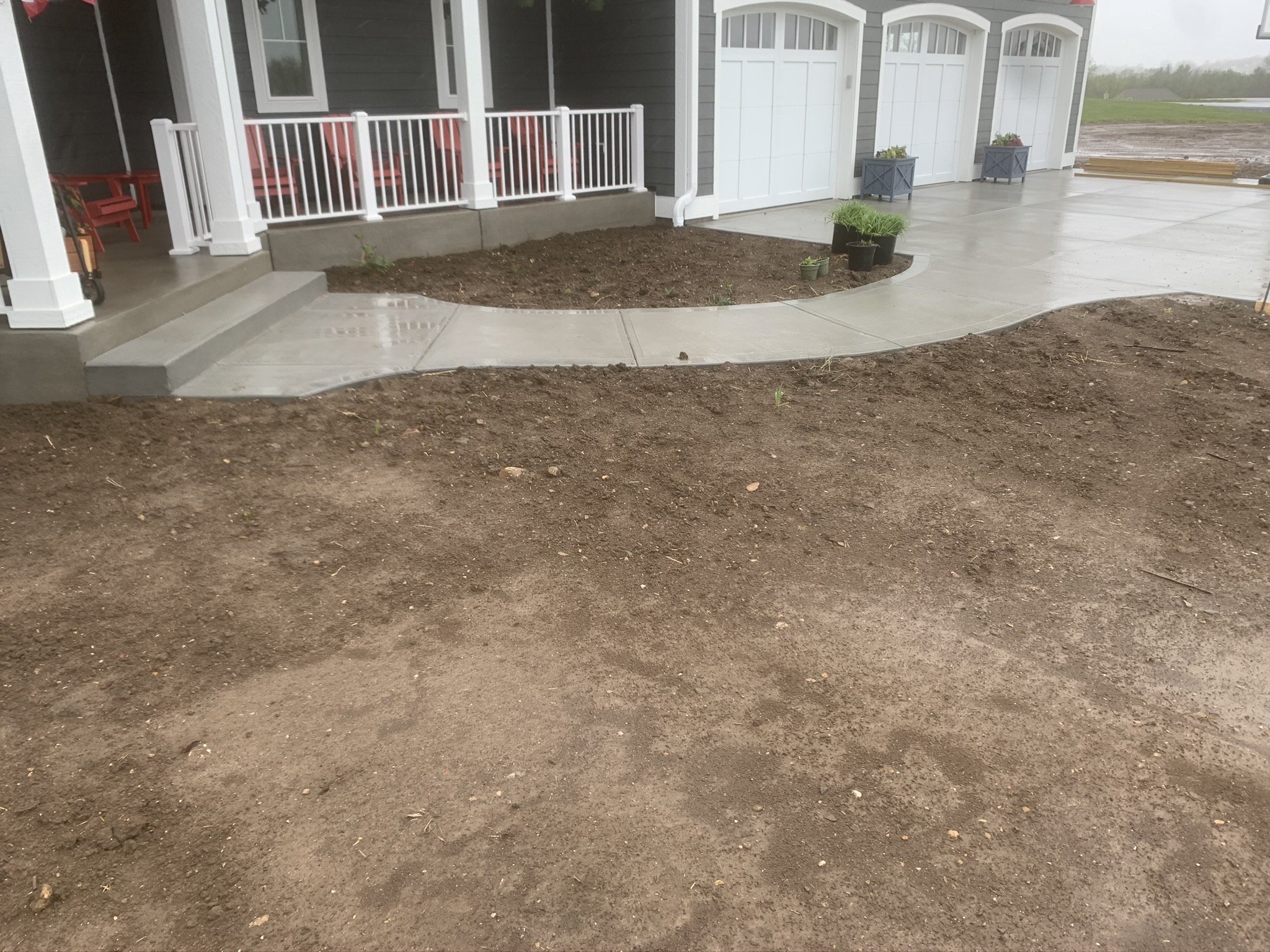
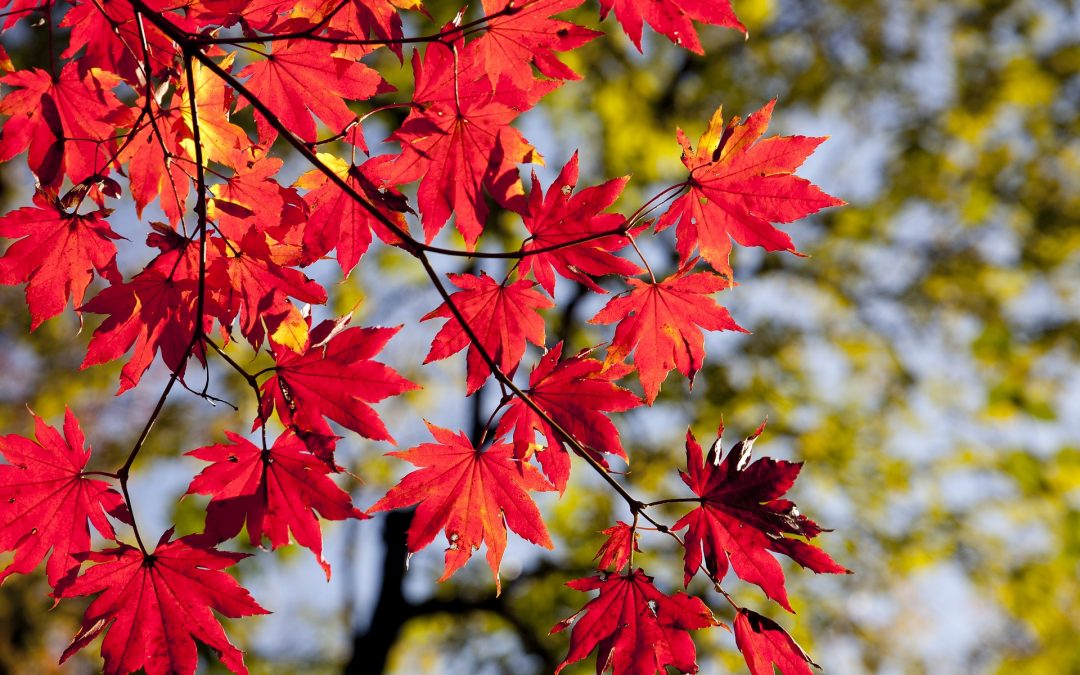
Some say that the dog days of Summer are in August. Us here at Heritage Hill would like to think of it as an opportunity to keep your gardens, yards, and landscaping projects moving right along!
Here are some tips to help you get through those dog days and make an impact on your outdoor look.
We continue to keep safety in mind so that you can get this done; and we can help you along the way! The staff here is willing to assist with any of your late Summer needs.
Stop in and visit us at Heritage Hill Nursery in Cedarburg, WI where the latter part of Summer is warming up with helpful hints and sale items.
August is a great time to separate perennials in your garden such as Hosta’s, Irises’ and Daylilies. When digging up, make sure you do not damage the root ball of the plant, separate with a small knife or spade and replant in other areas.
Next, get out there and get the weeding done! August is a perfect time to do this because it is the end of the planting season and perennial weeds can produce thousands of seeds that hamper the growing season next Spring and they can be difficult to eliminate. If possible, it is best to get weeding when the soil is moist after a good rain.
Also, in August, plant some new perennials for next season. Perennials such as sedums, peonies, lilies, and hydrangeas get a good grip into the soil in the cool Fall weather and come out shining in the Spring.
You will be glad you did all this when the beauty of Spring bursts out loud and your garden looks fantastic.
For shrubs we look at August as a great time to plan and plant what kind of shrubbery you want to get started for next year.
A small reminder as to why shrubs are valuable and why get them ready in August are for these reasons.
So, plan in August to add some for the next season. How about the empty space that somehow just looks like a void that needs “something.”? Well? How about some shrubs to make that spot stand out?
Check out the selection at Heritage Hill Nursery today.
Much like shrubs, late August can be a wonderful opportunity to plant new trees.
Many people think that Spring is the only time a tree should be planted. Well, that is not always the case. Spring is a great time for planting trees but late August, which is the beginning of Fall is a great time as well.
Successful planting occurs this time of year if you wait till the leaves have fallen. In Wisconsin, this can happen about this time, unlike other parts of the country.
The roots will continue to grow if the ground has not frozen yet. This lets the tree get a good hold for good growth come Spring.
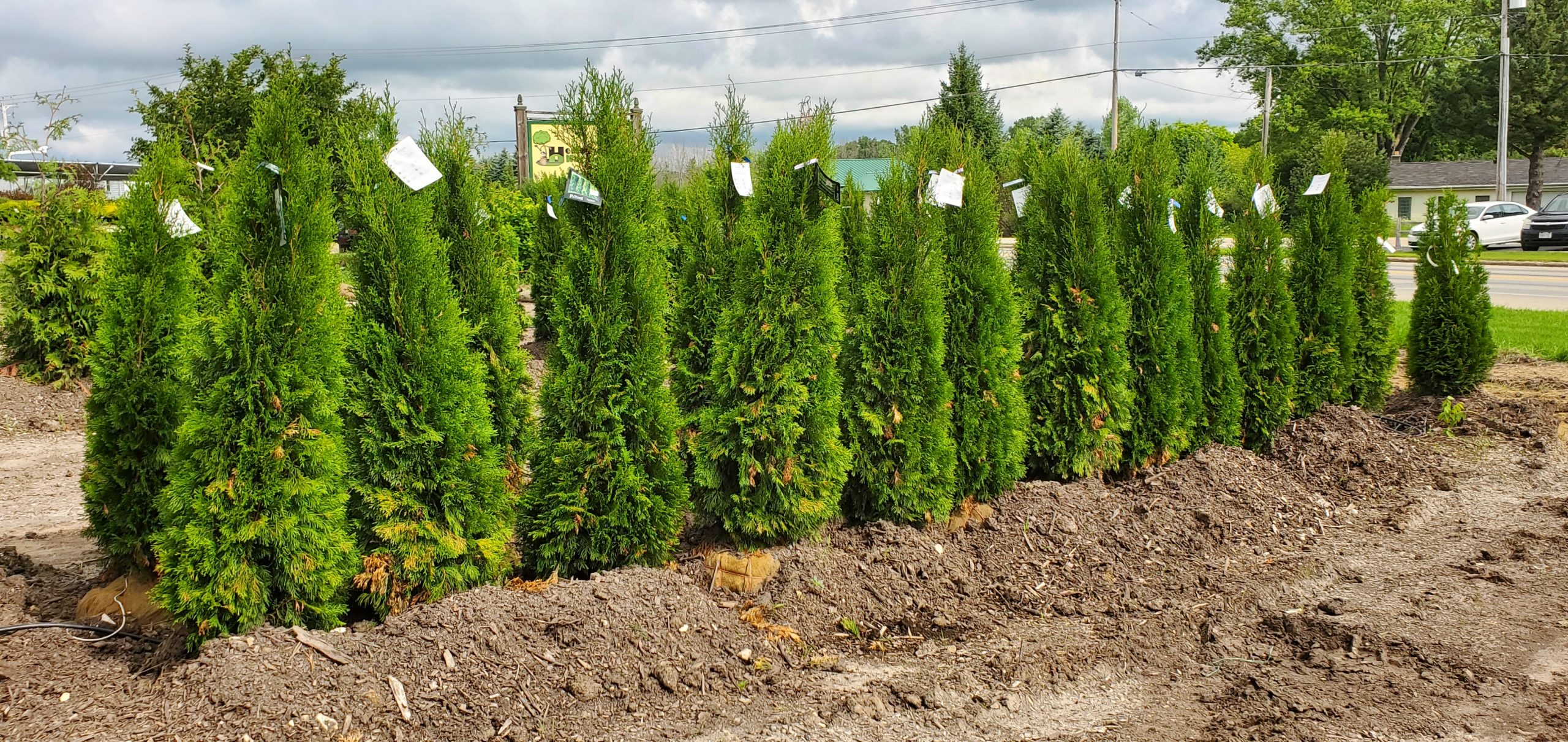
August is a perfect time to prepare your lawn for the long Winter season. Here we have a few tips for lawns in August.
These tips will help you maintain a healthy lawn and prepare it to survive the harsh Winter and be ready to flourish in the Spring.
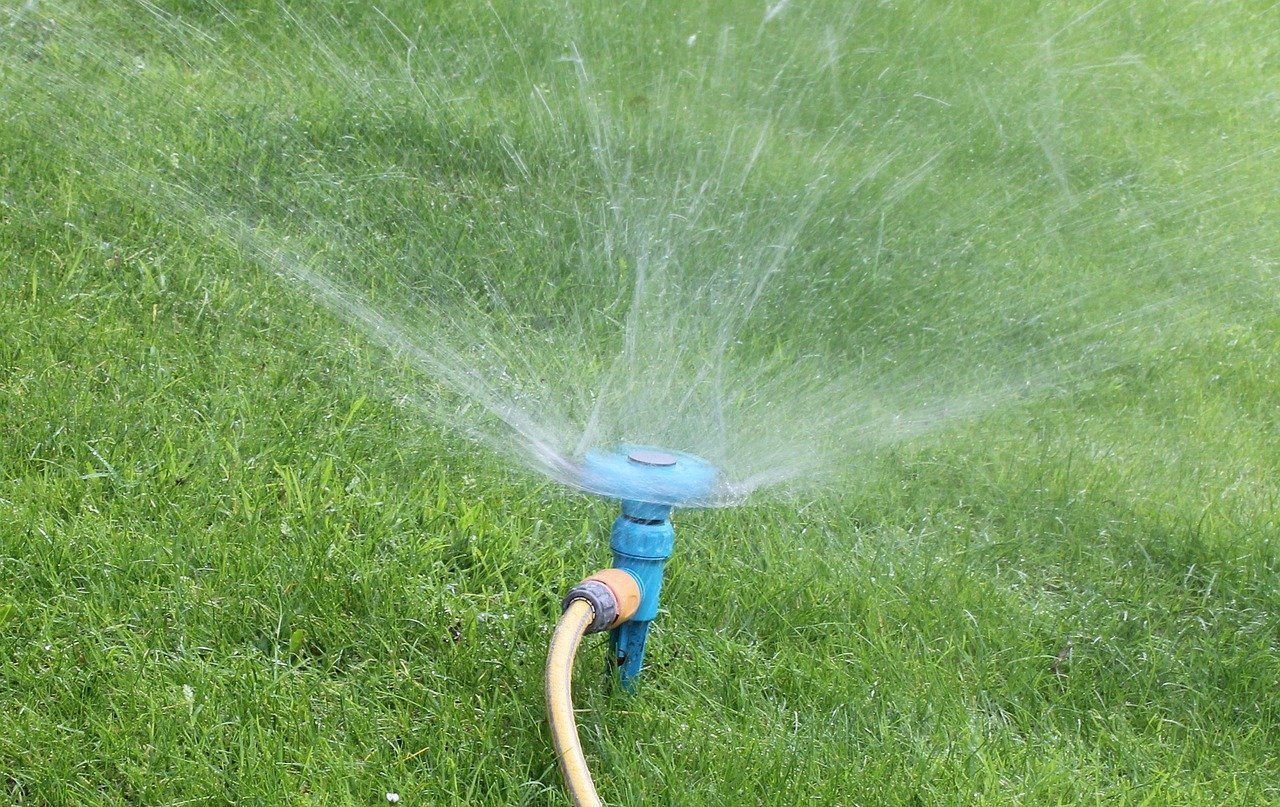
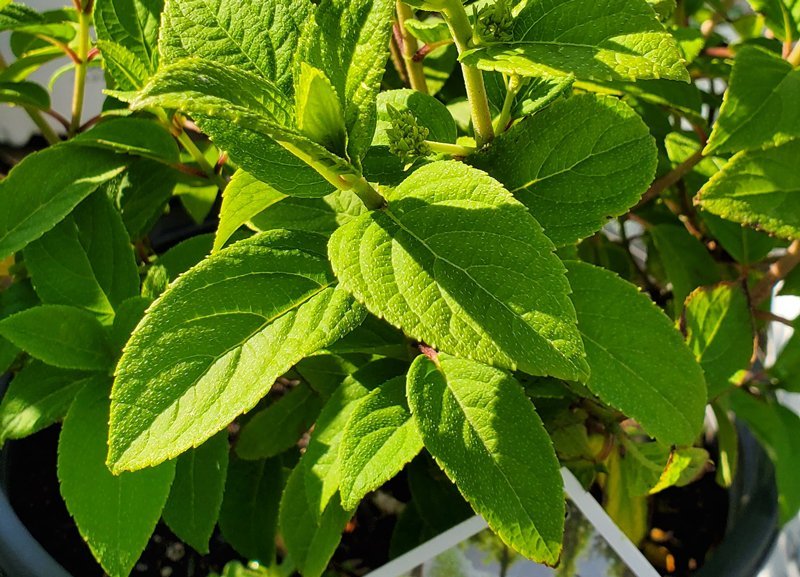
Wow, from Winter to Summer with planting, mowing, and trimming in between. There is no time to take a break with weather changes this quick, but we will take it. We will be shoveling snow before long. So, let us look at some tips for your garden for the month of July.
We understand with some state guidelines still in place that it may be a bit more difficult to get out and get the products you need to get your garden going but with keeping safety in mind, you can get this done and we can help you along with your project. Our staff can provide information and designs to get your project moved along in the heated part of the season and show how to maintain all the work that you accomplished in the Spring.
Stop in and visit us at Heritage Hill Nursery in Cedarburg, WI where the plants are growing, and the staff is eager to help you out.
Some tips we would like to share with you involve perennials and what you should try to do with them come July.
Flowers, plants, trees have all had a good Spring to get stabilized and now we enter part of the season that can prove to be brutal if the temperatures and moisture do not cooperate. What you should do with your perennials is to remove the dead flowers!
As flowers fade you should get out and remove them as soon as you can. While doing this, remove both flower and stem. Some plants produce a stalk that is separate from the rest of the foliage. That stalk should be removed as well.
Cut the perennial back to unopened buds or cut back to a good set of leaves.
You should also shear the plant anywhere from 25 to 50%. Also, look at the perennial and selectively remove any tired foliage. This helps your perennial to flourish without carrying so-called “dead weight” through the hot season.
Bushes or shrubs that flower in the Summer bloom on growth that is coming from the present growing season. These bushes or shrubs should not be pruned in the Summer before blooming has begun because this would remove the buds that are just about ready to bloom.
You should always prune these types of bushes or shrubs in the Spring before any new growth begins or during the Winter season. But for the month of July, the heart of the Summer season, let them be, no pruning required at this time.
Help keep trees cool. How? Well, pay attention to what landscape materials you use under a tree. For example, hard materials such as rock or decomposed granite can cause heat to reflect or radiate which in turn puts undue stress on a healthy tree.
How about paying attention to what your tree is telling you. If leaves fall off during July your tree may be telling you that it is reacting to soil compaction, saturated soil, you’ve planted a shade loving tree in the sun (or vise verses) or you are simply experiencing drought conditions and it needs water.
And if you must prune in July, keep it to a minimum. Dead branches or branches that may be able to cause damage to your home or other structure should be trimmed out, including broken ones. However, try not to do any major pruning of trees until late Fall or Winter.
For lawn care in July, continue to mow the lawn as needed. Make sure the lawn gets about an inch of water per week. Mulch clippings to aid in cooling and feeding your lawn. Edge planting beds for a clean look.
If you are inclined, maybe plant some warm-season grasses and make sure you keep them watered. Stop fertilizing your lawn in mid-Summer as this could burn the grass out. And make sure your lawnmower or tractor blades are kept sharp to make a clean cut and a great looking lawn. With these simple tips your lawn will look great into the Fall season.
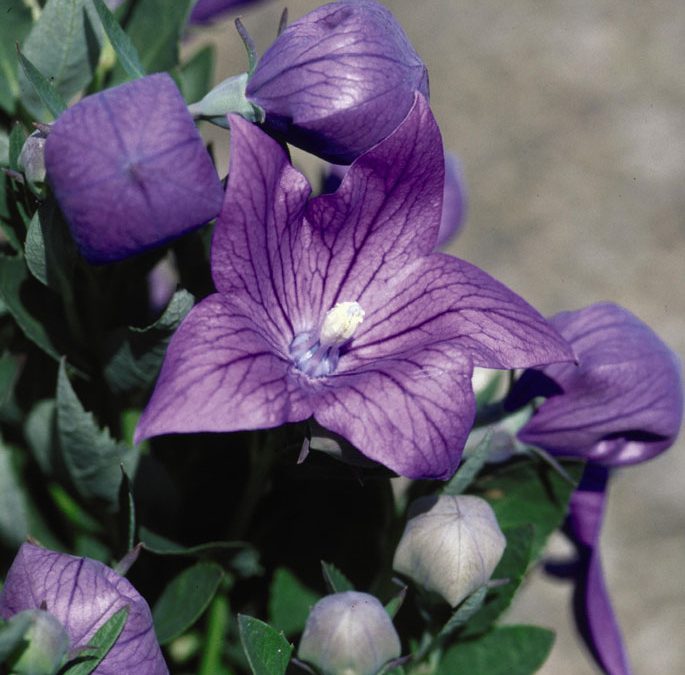
Just when you think Winter is never going to let us out of its grip, the sun appears, the ground thaws, the snow quits falling (we hope) and we look at the calendar and it is June. Well, it is that time of year again and we want to see if you are prepared for the growing season.
We know that with challenging times and stay at home orders it may be a bit more difficult to get out and get the products you need to get your garden going but with keeping safety in mind, you can get this done and we can help you along with your project.
We have a wonderfully trained staff that can provide information and designs to get your gardening project headed in the right direction. Stop in and visit us at Heritage Hill Nursery in Cedarburg, WI where the plants are growing, and the staff is eager to help you out.
We would like to share with you 4 perennials that could help boost your garden and make it a delight to work on this season. These will be familiar to most but new to some. Let us look:
I remember being in school and when June was mentioned it meant one thing. The beginning of Summer vacation. As you know in the gardening world that is not the case. We are still technically in Spring and planting season is thriving. This is still a good time to add mulch to bases of shrubs for landscaping purposes. Chewing up soil with shovels and rakes is greatly beneficial to where the shrubs are planted. When replacing mulch around shrubs, be careful not to mound it up around the trunk and create a “volcano” effect. This could harm or even kill the shrubs.
June is still a good time for planting trees that will give you pleasure for many years to come. People are very much into the “decorative” or “ornamental” trees instead of simply basic ones such as Oak, Pine or Maple. Here are some particularly good and popular trees for your decorative garden:
Evergreens include Spruces, Pines, and Arborvitaes.
Ornamentals include Weeping Cherry, Flowering Crabapple, Hydrangea Tree Form (TF), Lilac (TF), Ninebark (TF), Eastern Redbud, Japanese Maples and Magnolias.
These are great examples of smaller more decorative trees. Check with Heritage Hill Nursery to see if we have them in stock or may be able to order one for you.
Some think that one application of lawn fertilizer is enough but that is not necessarily the case. Applying a late spring fertilizer once between April and June 6 to 8 weeks after the early spring feeding is recommended. This will help your lawn grow strong roots while killing dandelion, clover, and other listed weeds. Also, keep that tip in mind from last month about changing patterns when mowing the lawn. It really does keep wear patterns from forming and makes for a more attractive lawn after you have mowed it.